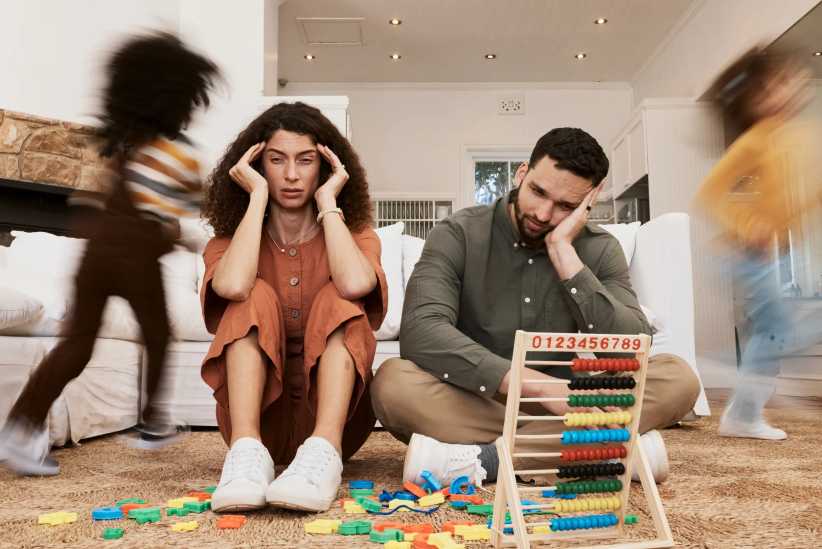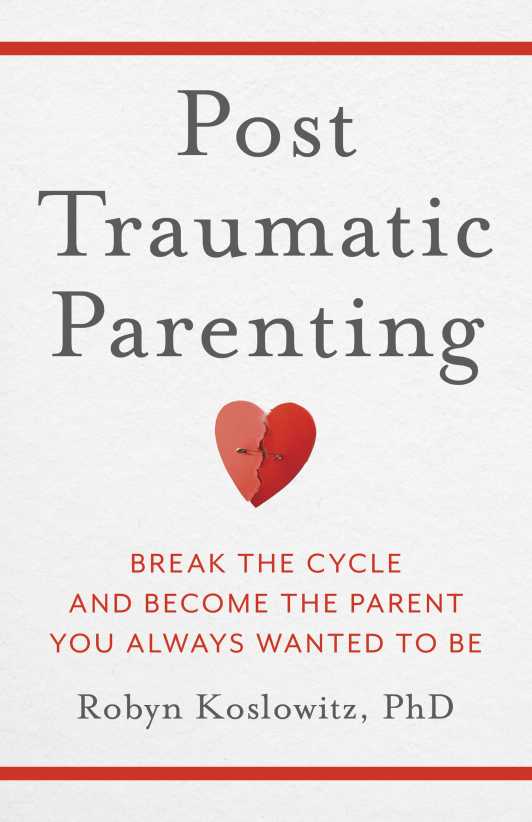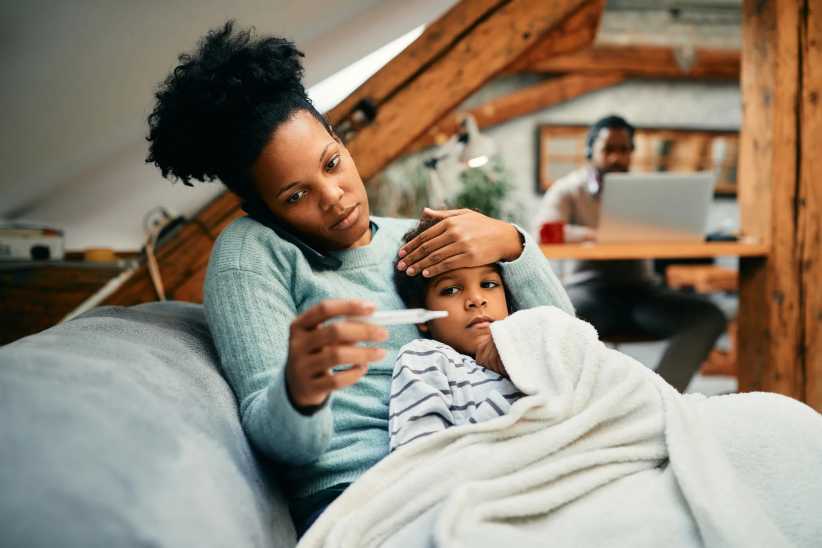
The Trauma App: How Trauma Overrides Our Parenting Instincts
It’s a familiar scenario. You wake up thinking: Today, I’m going to parent differently. Today, Bluey’s parents will have nothing on me. And then, the battle over the shoes begins. Your toddler doesn’t believe they serve a useful function, so he keeps taking them off. The middle-schooler is angry — she’s not sure what she’s angry about, but she’s sure it’s your fault. The teenager says he hates you. The toast burns, the milk spills, and you’re all running late. And then….we know what happens.
When we wake up expecting to do X, but Y happens, we feel a sense of shame. It feels like it’s our willpower, our laziness, or some essential flaw within us. But what if it’s not you? What if it’s actually your trauma? What if it’s not about who you are, but what you’ve learned? Many of us begin each day with the best intentions—to be patient, responsive, and present with our children. But for trauma survivors, those intentions are often overridden by something stronger than willpower.
Psst… Check Out Mental Health Podcasts for Parents 2025
PTSD doesn’t always show up as nightmares or flashbacks. Sometimes, it looks like snapping at your child, feeling numb during bedtime stories, or spiraling into guilt after a day of parenting in ways you never meant to. These aren’t signs of being a “bad parent.” They’re signs of a protective mechanism—one that was once lifesaving but now overrides your values.
The Brain’s Survival Coding
Trauma reshapes the nervous system. When something overwhelming happens—especially in childhood—the brain installs a survival protocol. I call it the “trauma app.” Like an app on your phone, it has a specific function: to detect threat and respond instantly.
The trauma app doesn’t ask whether the threat is real, current, or even dangerous. It just sees patterns. Raised voice? Withdraw. Eye roll? Attack. A child ignoring you? Flood with shame or rage. These responses aren’t conscious. The trauma app overrides your thoughtful, intentional self in the name of survival.
How It Shows Up in Parenting
The trauma app is installed at the point of trauma, and its algorithm is set to protection mode by responding with Y, when it experiences X. This means you may find yourself parenting with reflexes rather than reflection:
- If my child backtalks, I react immediately, because the trauma app warns me that defiance means I’m unsafe or powerless.
- If they cry, I rush to fix it—because the trauma app remembers how unbearable it felt when no one comforted me.
- If they seem ungrateful, I spiral—because the trauma app equates their ingratitude with proof that I’m not enough.
- If things feel out of control, I either get too harsh or completely give in—because the trauma app tells me that control equals safety.
- If they need connection when I feel overwhelmed, I shut down—because the trauma app learned long ago that emotional closeness in chaos isn’t safe.
These reflexes aren’t parenting strategies—they’re trauma responses. They override your current reality with outdated scripts. And because they’re so fast and automatic, they often feel like truth.
The Trauma App Is Fast. Your Values Are Slow
The trauma app runs on instinct, not intention. It’s fast, rigid, and based on past experiences. Your values, on the other hand—your belief in connection, in gentle correction, in letting kids feel big feelings—those are slow. They require reflection, presence, and calm. But when the trauma app activates, it overrides those values. It doesn’t wait for your higher self to weigh in. It just acts.
That’s why you may yell when you meant to coach, shut down when you meant to engage, or overcompensate when you meant to hold a boundary. The app has taken over—and it’s working off a threat assessment that’s no longer accurate.
Trauma Doesn’t Know Time
One of the trauma app’s quirks is that it can’t tell time. It doesn’t know that the threat is over. It doesn’t realize you’re now the adult, safe in your own home, with a child, not an aggressor, in front of you.
That’s why your child’s eye roll might trigger a flood of shame. Your brain isn’t responding to your child—it’s responding to a teacher who mocked you, a parent who dismissed you, or a time when eye rolls meant emotional danger.
To the trauma app, it feels like history is repeating itself. So it reacts with urgency, even when none is needed.
Discomfort ≠ Danger
The trauma app also confuses discomfort with danger. Whining, defiance, anger—these are uncomfortable. But they’re not threats. Still, the trauma app can’t tell the difference. It reacts as if your child is unsafe, or as if you are. That’s why you may find yourself overexplaining, people-pleasing, snapping, or withdrawing. Your brain is trying to regulate a sense of threat that isn’t actually present.
These moments aren’t failures. They’re notifications from the trauma app, trying to protect you from a threat it doesn’t realize isn’t happening anymore.
Reclaiming the Controls
The goal isn’t to delete the trauma app—it once kept you alive. The goal is to notice when it’s running and gently take back the controls. To pause, breathe, and ask: Is this about now, or is this about then?
You don’t have to parent perfectly. You just have to parent consciously. The more often you can recognize the override and reorient toward your values, the less often the trauma app will run the show.
And when it does? Repair is always possible. Parenting isn’t about perfection—it’s about presence.
Robyn Koslowitz, PhD, has been a licensed child psychologist since 2017 and now houses her practice at The Center for Psychological Growth of New Jersey, which focuses on trauma-informed psychotherapy for children, adolescents, and families. She is the educational director of the Targeted Parenting™ Institute and host of the popular Post-Traumatic Parenting podcast and YouTube channel. Dr. K’s work is regularly published in Psychology Today, and she has appeared on Fox, NPR, CNN, NewsNation, and other national television outlets. Her new book, Post Traumatic Parenting, is now on sale. She lives in New Jersey, where she practices post-traumatic parenting with her own children and family.
Psst… Check Out Struggling with Conflicting Feelings About Motherhood? A Peek Into Maternal Ambivalence















